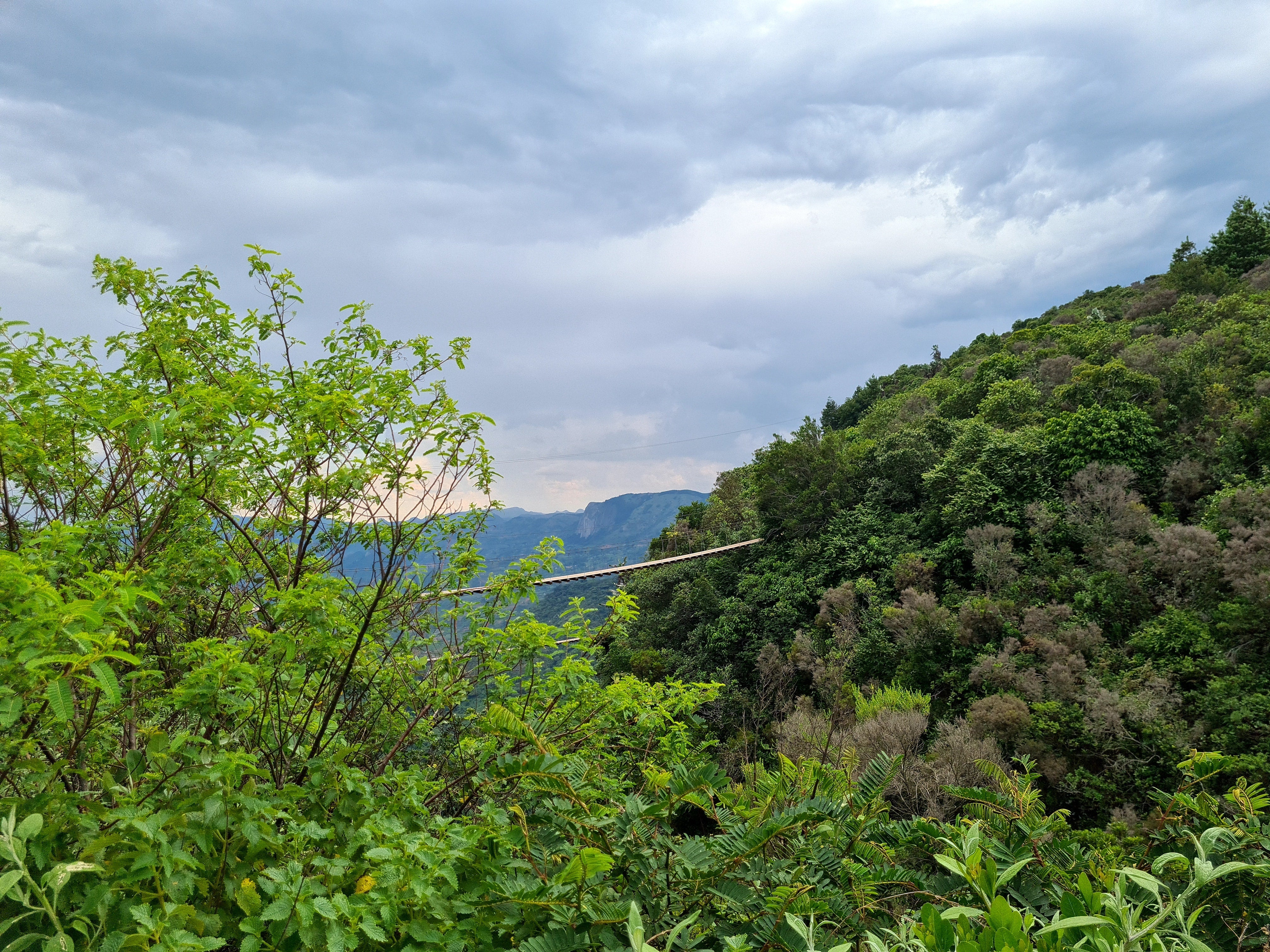Rampant deforestation in Zimbabwe threatens biodiversity
Flora and fauna pay the price as land is cleared for town development

Your support helps us to tell the story
From reproductive rights to climate change to Big Tech, The Independent is on the ground when the story is developing. Whether it's investigating the financials of Elon Musk's pro-Trump PAC or producing our latest documentary, 'The A Word', which shines a light on the American women fighting for reproductive rights, we know how important it is to parse out the facts from the messaging.
At such a critical moment in US history, we need reporters on the ground. Your donation allows us to keep sending journalists to speak to both sides of the story.
The Independent is trusted by Americans across the entire political spectrum. And unlike many other quality news outlets, we choose not to lock Americans out of our reporting and analysis with paywalls. We believe quality journalism should be available to everyone, paid for by those who can afford it.
Your support makes all the difference.By Calvin Manika for Community Podium News
Animal and plant life face extinction in eastern Zimbabwe’s Lupane Town due to rampant deforestation that is destroying natural habitats.
Forests are being depleted at an alarming rate as people clear land for construction, firewood and commercial purposes. Investigations by Community Podium revealed that both locals and non-locals are responsible for the environmentally unfriendly practice.
Because of the proximity of Lupane to game conservancies in the Tsholotsho area, elephants roaming the dusty roads have become a common sight, often leading to human-wildlife conflict. Due to loss of their natural habitats, animals are gravitating towards residential areas.
Michael Tshuma, a resident of nearby Shabula village, said it was important for people to protect flora and fauna, and maintain the natural ecosystem.
“The challenge we have is that upon seeing these huge, impressive forests, people assume that their irresponsible actions are insignificant. However, just one tree is so vital in the ecosystem such that without it, some species will lose their life, habitat or food. There is a need to look beyond today for the benefit of humans, animals and trees,” said Tshuma.
Apart from firewood sellers, some residents are making charcoal from trees to sell in the villages. With electricity tariffs rising beyond the reach of many, more residents are turning to charcoal. Use of firewood is also rife due to the expansion of Lupane, which has several residential areas still under development and not yet connected to the national grid.
“Most of these people acquiring new stands cannot afford gas and paraffin due to the high cost of living and they resort to firewood. People are venturing into undesignated areas for better quality firewood, especially for brick moulding furnaces,” said Tanaka Dube, another Lupane resident.
Currently, wood fuel accounts for over 60% of the total energy supply in the country and almost 98% of rural people rely on wood for cooking and heating. According to the Forestry Commission, up to 11 million tonnes of firewood are needed for domestic cooking, heating and tobacco curing every year in Zimbabwe.
Forests currently cover around 45% of the country’s total land area, but deforestation is an increasingly pressing issue, resulting in forests disappearing at an alarming rate.
According to the World Conservation Monitoring Centre, Zimbabwe has 1,103 known species of amphibians, birds, mammals and reptiles. Of these, 0.9% are endemic, meaning they exist in no other country. The country is home to at least 4,440 species of vascular plants, of which 2.1% are endemic.
Having received numerous complaints about deforestation which was threatening the extinction of the Zambezi Teak, a valuable hardwood in Lupane, a joint team from the Forestry Commission and the Environmental Management Agency (EMA) visited the area.
Forestry Commission Director-General, Abedinico Marufu said, according to Section 4 of the Communal Land Forest Produce Act, people are allowed to cut trees for home consumption but not for commercial purposes.
“A lot of deforestation is happening and we are losing forests at a rate of 262,000 hectares annually. We are raising awareness on the importance of forests and the consequences of destroying them,” said Marufu.
EMA’s mandate is to promote sustainable utilisation of natural resources and protection of the environment, prevention of pollution and environmental degradation; while the Forestry
Commission specialises in the conservation of gazetted and non-gazetted forests and Zimbabwe’s vegetation.
The legal instruments used to control deforestation are the Forest Act (Chapter 19:05) and the Communal Land Forest Produce Act (Chapter 19:04), which are both administered by the Forestry Commission.
According to the Forest Act, it is an “offence to cut, injure, remove, and collect any forest produce without authority and to move firewood from one place to another without a timber movement permit issued by the Forestry Commission.”
In the fight against deforestation, the United Nations Development Programme (UNDP) is supporting the development of land use plans across the Zambezi Valley landscape. UNDP says the rate of deforestation in Zimbabwe accelerated to 327,000 hectares per year (1.9%) between 2000 and 2010, and is currently the highest in Southern Africa.
“The rate of deforestation in Zimbabwe is one of the highest in the world – directly affecting ecosystems, biodiversity, and livelihoods,” says a UNDP report.
At COP26, the United Nations Climate Change Conference held in 2021, Zimbabwe pledged to fight deforestation and work to conserve and restore forests, an important step to ensure that forests are kept a priority going forward.
This article is reproduced here as part of the African Conservation Journalism Programme, funded in Angola, Botswana, Mozambique, and Zimbabwe by USAID’s VukaNow: Activity. Implemented by the international conservation organisation Space for Giants, it aims to expand the reach of conservation and environmental journalism in Africa, and bring more African voices into the international conservation debate. Read the original story here:
Join our commenting forum
Join thought-provoking conversations, follow other Independent readers and see their replies
Comments